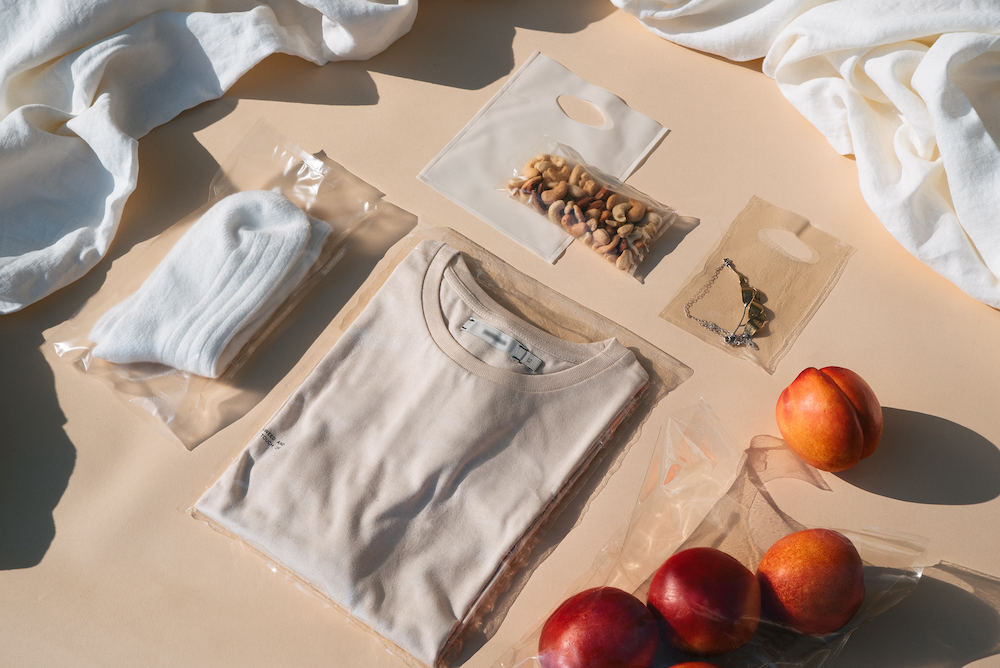
Algae based materials: a promising comeback
Recently a lot of research over new refining processes regarding the use of algae has been carried out worldwide.
While most of the research ten years ago was mainly focused on the exploitation of such a resource in the form of microalgae for the production of sustainable fuel or chemicals, current studies seem promising in pushing the development in this field even further.
Some companies at the moment have successfully extracted bioactive nutraceuticals and cosmeceuticals suitable to health and personal care, out of sustainably-farmed seaweed.
Note that this has been possible thanks to the latest innovations in the so-called “green chemistry”, that has been carried out in several fields.
One of the specific benefits of such compounds is that of replacing existing resource intensive solutions, while maintaining the full compatibility with anaerobic digestion processes at the end of life.

Image by Sway Packaging
Other companies have managed to patent processes where seaweed harvested as the raw regenerative material is used to manufacture next generation packaging materials , achieving home compostability and also food contact compliance. Some of that can also be simply defined as “edible”.

Image by Sway Packaging
Developments in the field have not been confined to chemical compounds or packaging solutions: they’ve also made possible the creation of alternative fibers for the textile industry made out of kelp, one of the most regenerative organisms on the planet.
These scenarios don’t just represent a case study in regenerative design, they’re setting a path for the future of disposable and circular materials.


